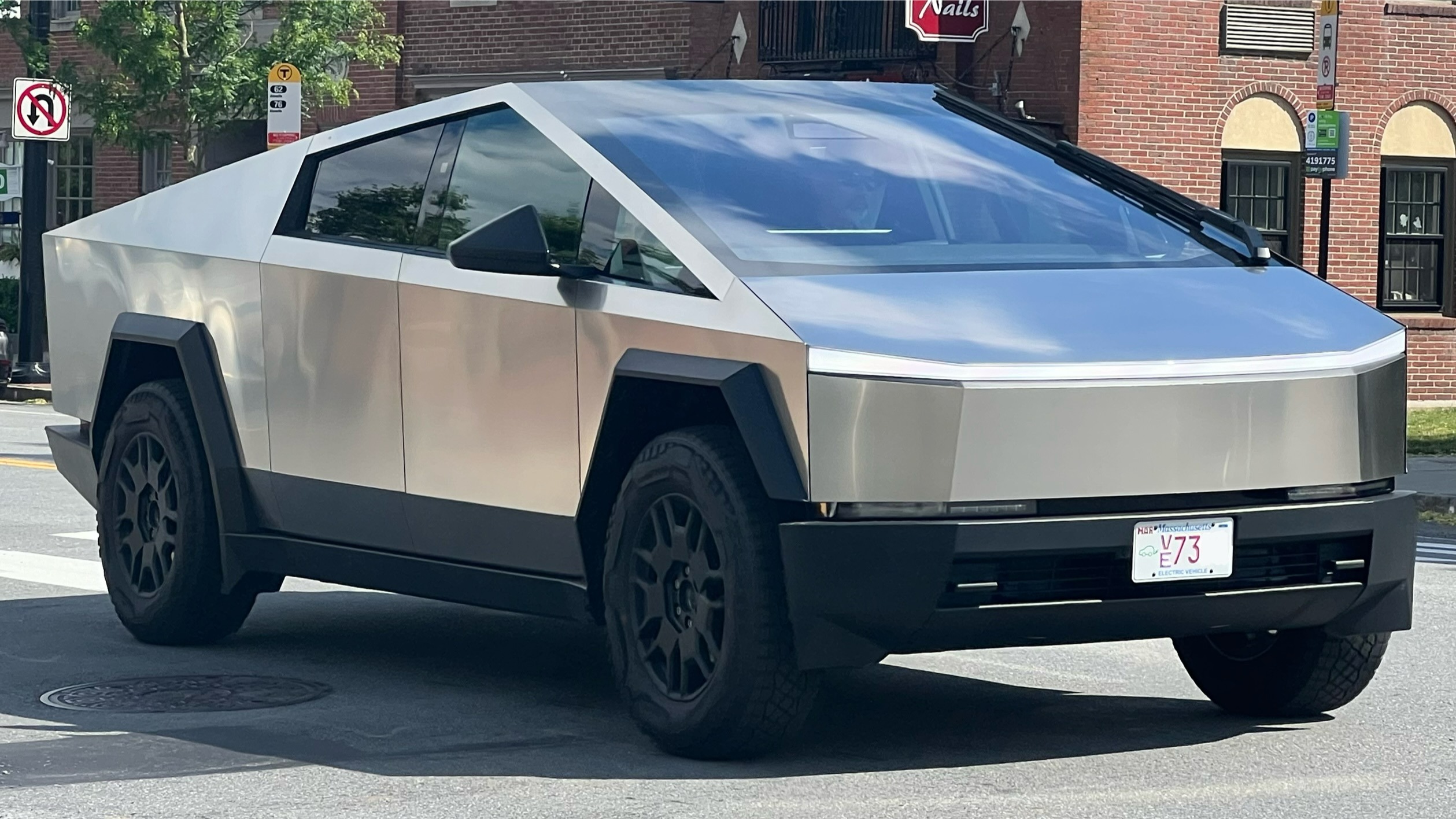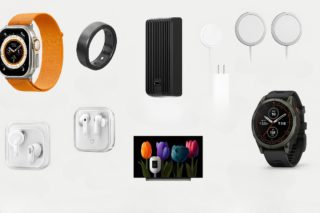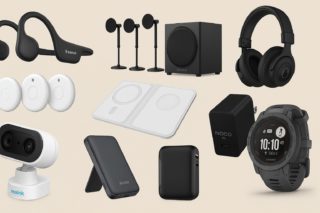Your Tesla’s screen lights up with phantom pedestrians wandering between headstones—a modern ghost story that’s actually a machine learning malfunction. These “cemetery ghosts” aren’t supernatural phenomena but stark examples of how Tesla’s vision-only approach struggles with ambiguous environments.
While other automakers hedge their bets with LiDAR and radar, Tesla doubles down on cameras feeding real-time images to neural networks trained to spot humans, cyclists, and vehicles. This commitment to vision-only systems means no backup when cameras misinterpret what they’re seeing.
Pattern Recognition Gone Wrong
Weathered stones and shifting shadows confuse AI systems designed for highway clarity.
Cemetery environments create perfect storms for Tesla’s pattern-matching algorithms. Weathered granite monuments, angel statues casting irregular shadows, and wind-blown foliage trigger the same neural pathways that identify actual pedestrians.
It’s machine pareidolia—like seeing faces in clouds, but with potentially dangerous consequences. The AI processes these visual cues through statistical patterns learned from millions of training images, most captured in normal driving conditions, not among Victorian tombstones.
Highway Hauntings
Phantom braking incidents reveal widespread issues beyond graveyard oddities.
These cemetery curiosities connect to a documented safety problem: phantom braking on open highways. Tesla owners report sudden, aggressive deceleration triggered by overpasses, shadows, or even the shape of semi-trucks that the system misinterprets as collision threats.
Federal safety complaints reveal this isn’t rare—some drivers experience multiple incidents during routine cruising, creating rear-end collision risks when traffic follows closely. The phantom passenger phenomenon remains officially unacknowledged, leaving owners to decode these digital apparitions themselves.
The Vision-Only Gamble
Tesla’s camera-centric strategy trades sensor redundancy for cost savings and complexity.
While competitors layer multiple sensor types for redundancy, Tesla bets everything on neural networks processing 2D camera feeds. This approach works remarkably well in ideal conditions but stumbles when encountering unfamiliar geometries—whether cemetery statues or highway construction zones.
The company emphasizes driver supervision, noting that environmental conditions affect performance. Your Tesla isn’t channeling the spirit world—it’s revealing the very real limitations of AI trying to navigate a world far more complex than its training data suggested.





























